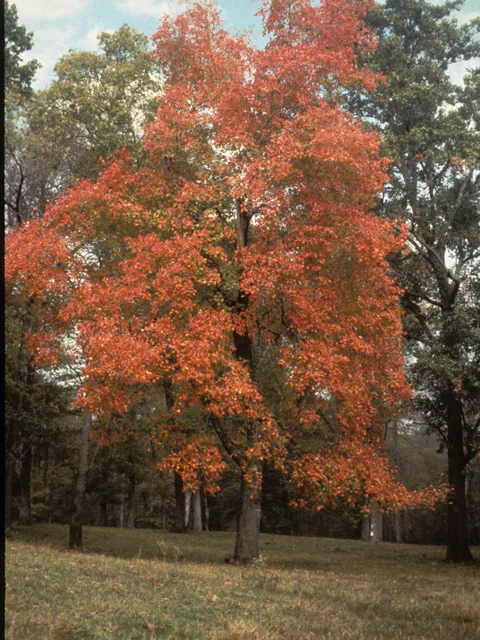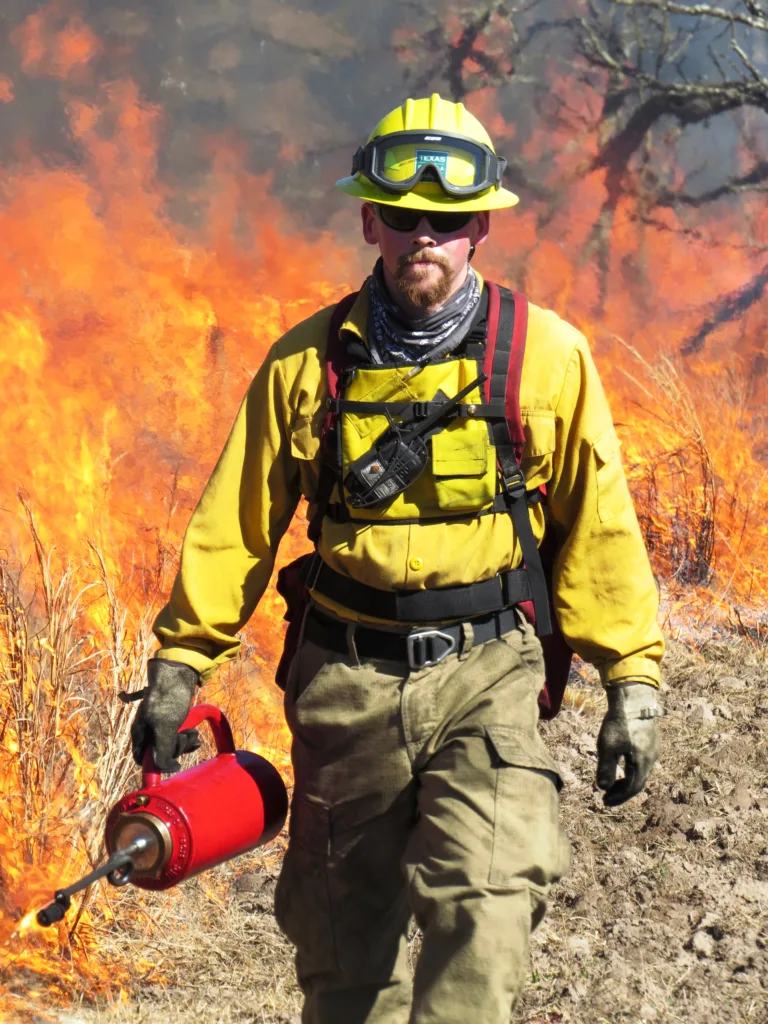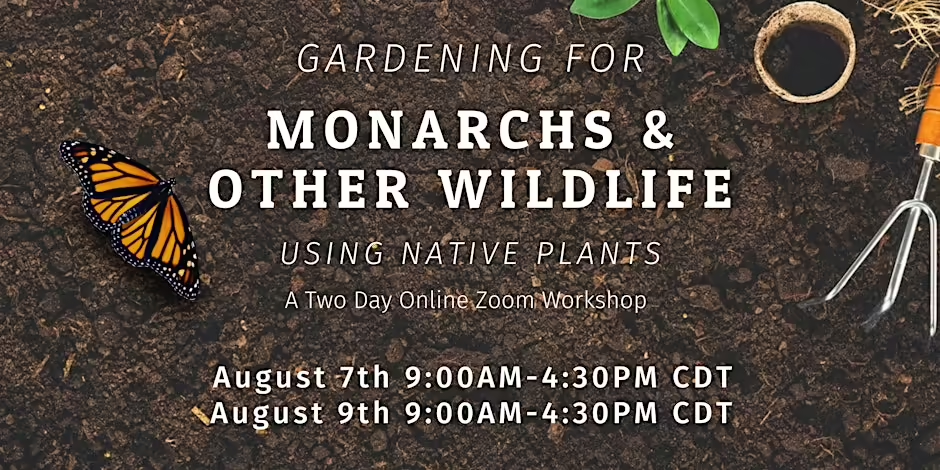August 6 @ 6:30 pm – 8:30 pm
Our August 6th Chapter meeting will include a presentation by Lisa Travis on “Identifying the Native Trees of North Texas”.

The program opens at 6:30 with social time and testing of connections. At 7:00, Rodney Thomas, our chapter president, will give a short chapter update, followed by Lisa’s presentation. The meeting will conclude with a Q&A session.
You can attend the hybrid meeting in person at the Heard Museum in McKinney or online via Zoom – https://tinyurl.com/yn85nbzd
Meeting ID: 885 5459 6572 ; Passcode: 571904
No Registration Required
Lisa Travis retired from teaching in 2017, and in 2018 became a Texas Master Naturalist in the Blackland Prairie Chapter. She has served on the Education/Training Committee since 2019, and was the Training Director for the classes of 2022, 2023, and 2024. She created the award-winning tree identification brochure, “Trees of North Central Texas” which helps identify 45 of the most common trees in the DFW area. She is active on iNaturalist and serves as a trail guide at several locations.






